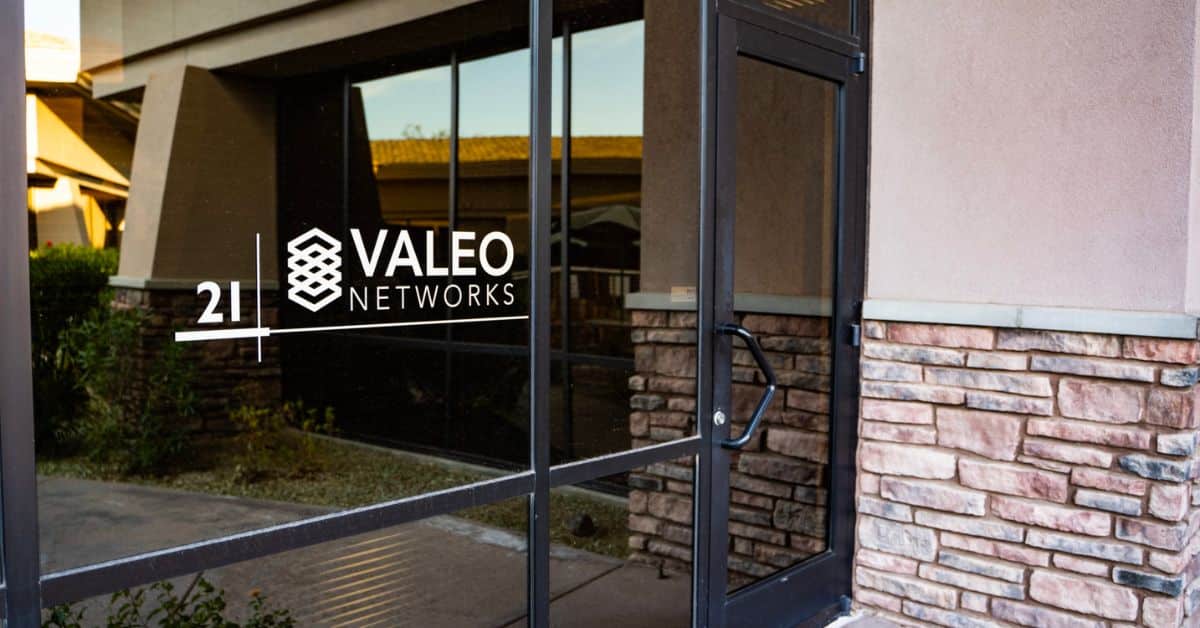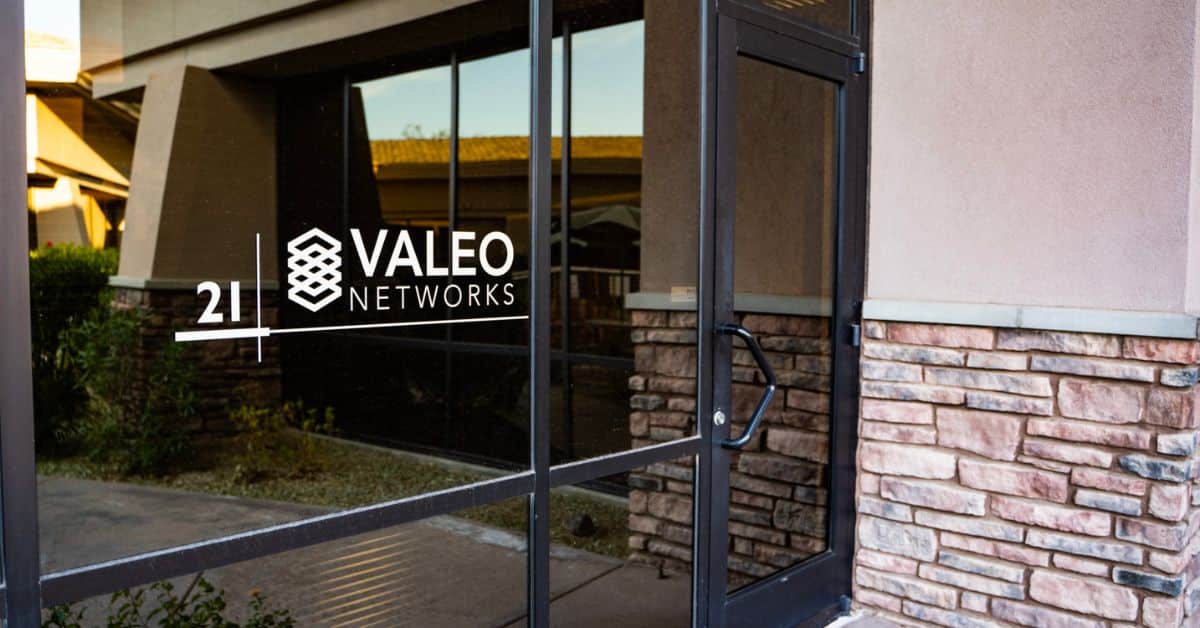How IT Storage Services Could Help You Avoid HR Compliance Penalties
Businesses, whether large or small, are responsible for managing a massive amount of proprietary and personal information. A huge volume of that data...
Spam e-mails are not only annoying and time-consuming, but they’re also becoming more dangerous to your personal privacy and the security of your computer. Millions of computer users are getting infected, spoofed, and tricked by spam e-mails every year, forcing the user to pay hefty fees to clean and restore their PCs back to working order.
There are 3 NEW dangers that all computer users must be aware of:
So what can you do about this?
First and foremost, it’s absolutely critical that you get a quality spam blocking software installed as a first line of defense. New government regulations haven’t done a single thing towards preventing or stopping spammers so the responsibility lies on your shoulders.
As you probably already know from firsthand experience, once you’re on a spammer’s list, it’s impossible to get off; and changing your e-mail address can be a major inconvenience especially if you rely on it to stay in touch with important business and personal contacts.
To reduce the chances of your e-mail address getting on a spammers list, here are five (5) simple preventative measures you can take that will go a long way in keeping not-so-delicious spam out of your in-box.
If you buy products online or occasionally subscribe to web sites that interest you, chances are you’re going to get spammed.
To avoid your main e-mail address from ending up on their broadcast list, set up a free Internet e-mail address with Hotmail or Juno and use it when buying or opting in to online newsletters. You can also use a throwaway e-mail address when making purchases or subscribing to newsletters (see #4 below).
Whenever you subscribe to a website or make a purchase online, be very watchful of small, pre-checked boxes that say, “Yes! I want to receive offers from third party companies.”
If you do not un-check the box to opt-out, your e-mail address can (and will) be sold to every online advertiser. To avoid this from happening, simply take a closer look at every online form you fill out.
Spammers have special programs that can glean e-mail addresses from websites without your permission. If you are posting to a web forum or newsgroup, use your disposable e-mail address instead of your main e-mail address. If you want to post an e-mail address on your home page, use “info@” and have all replies forwarded to a folder in your in-box that won’t interfere with your main address.
If you own a web domain, all mail going to an address at your domain is probably set up to come directly to you by default. For example, an e-mail addressed to anything@yourdomain.com will be delivered to your in-box.
This is a great way to fight spam without missing out on important e-mails you want to get. The next time you sign up for a newsletter, use the title of the website in your e-mail address. For example, if the website is titled “www.greatwidgets.com,” enter “greatwidgets@yourdomain.com” as your e-mail address. If you get spammed, look at what address the spam was sent to.
If greatwidgets@yourdomain.com shows up as the original recipient, you know the source since that e-mail address was unique to that web site. Now you can easily stop the spam by making any e-mail sent to that address bounce back to the sender.
Opening, replying to, or even clicking a bogus opt-out link in an obvious spam e-mail signals that your e-mail address is active, and more spam will follow.
The only time it is safe to click on the opt-out link or reply to the e-mail is when the message was sent from a company you know or do business with (for example, a company that you purchase from or a newsletter you subscribed to).
Want an extra hand in fighting Spam? Valeo Networks Can Help You Permanently Stop Spam from
Taking over Your Inbox
Our Anti-Spam services will perform the following:
And If You Are Not Currently Hosting Your Own E-mail In House, Valeo Networks can provide services to help you:
Here’s How It Works:
Simply call one of our offices and we will arrange to send one of our professional IT Experts to your office. Our IT Expert will evaluate your network for FREE and give you a straightforward situation analysis, and explain the options you have available for eliminating spam, spyware, and pop-ups.
So give us a call while you are thinking about it. You’ll be glad you did!
Don’t wait to protect yourself. Call Valeo Networks today for a free network assessment!
Valeo Networks, LLC (Valeo Networks) is a trusted partner in IT support and services, providing technology solutions that are designed to take your business to the next level. No matter what your IT requirements are, the Valeo Networks experts can create, implement and support a technology strategy that will fit your business and budget.
Call one of our regional offices, (805) 222-4977 (California) or (321) 848-0340 (Florida) to discover why many businesses count on us for dependable IT solutions today.
Valeo Networks – The IT Experts. Why Trust Anyone Else?


Businesses, whether large or small, are responsible for managing a massive amount of proprietary and personal information. A huge volume of that data...

Receiving spam emails that lead to malware and viruses is a normal issue for most email users. While there are ways to avoid spam emails and stay...

This Wednesday, an advanced and convincing computer attack disguised itself as a shared Google Docs message, infiltrating and infecting many news...

With cutting-edge technology and quality customer service,
you’ll find everything you need to help your company soar
with Valeo Networks.
1006 Pathfinder Way
Rockledge, FL 32955
Business Hours:
M-F: 8AM-9PM
© 2025 Copyright Valeo Networks. All Rights Reserved.